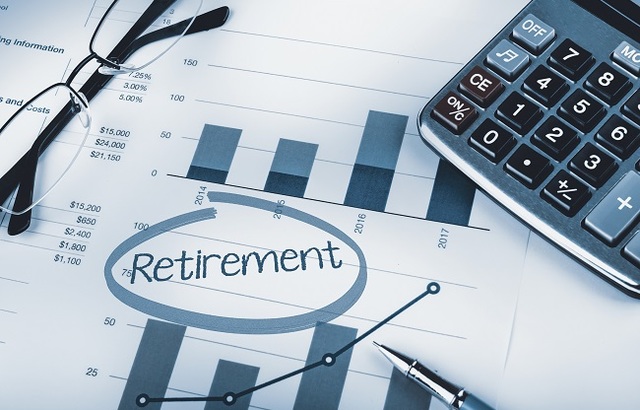Some pension savers could see a dramatic difference in their annual pension statements compared with previous years, thanks to new rules on how to calculate the figures included in them, writes Rachel Vahey, head of policy development at AJ Bell
Pension scheme members receive a statement each year showing the current value of their pension pot as well as an estimation of what it could be worth when they retire and the income it could buy.
As of this month, however, when working out what a pension could be worth in the future, today’s value will be rolled forward and increased by a growth rate linked to the volatility of the funds it is invested in – and the higher the volatility, the higher the growth rate and the estimated final value. This means some pension savers could see significantly higher figures on their statements compared to previous years – especially if they are invested in volatile funds.
Crucially, the only thing that is changing is the calculations used to produce forecasts. It means someone could hold the exact same investments in their pension from one year to the next, and their future retirement prospects are totally unchanged, but the value they see projected could be completely different.
That will inevitably cause some customers to question why that is – and potentially trigger concerns about whether their pension has fallen in value. Both advisers and their clients may need to consider these statements to help them understand what has changed.
What are the rules for annual statements?
DWP rules require pension schemes to issue an annual statement each year to most pension members. This statement has to show, among other things, how much their pension plan is currently worth and what it could be worth when they want to retire – assuming future investment growth and that any contributions will continue to be paid.
The pension scheme then has to show what income the future pension pot could buy if the pension saver used the pot to buy an annuity. This is the case, even if the pension saver is not intending to buy an annuity with their pension. The rules on how to work out these amounts are set by the Financial Reporting Council (FRC).
What is changing?
The FRC has set new rules on how to work out the estimations shown on annual statements. The biggest change to the rules, which will be in force for any statement issued after 1 October 2023, is to link the estimated growth in the pension fund to the volatility of the investment over the past five years.
The volatility of a fund describes how often and by how much the price of a fund changes. So if the investment price has been very stable – for example if it has been invested in cash – then the pension fund is assumed to grow in the future at a very low rate. If the investment has been highly volatile, however, and the price has changed often and by large amounts, then the pension fund is assumed to grow at a faster rate.
There are four different future growth rates – 1%, 3%, 5% and 7% – and these rates are based on how much and how often the price of a fund has changed over the last five years. These rules apply only to funds, however – if the pension saver holds, for example, property or equities directly in their pension, then these investments are assumed to grow at 5%.
One other thing to remember is that there has to be a deduction for inflation against future increases to enable the pension statement to show estimated figures in today’s prices. This gives pension savers a better indication of what their future pension could be worth. Inflation is assumed to increase by 2.5% each year.
What does this mean for pension savers?
Some pension savers may see big changes to the estimated values shown on their pension annual statements this year compared with previous years. If they have chosen volatile investments, for example, then the estimated future pension pot and the income it could buy may end up being substantially bigger than shown on previous years’ statements. Likewise, if they have mainly chosen less volatile investments, these figures could be lower.
Other changes include always assuming the fund buys a pension only for the pension saver for their lifetime, and that it does not increase in value – so a single life, level annuity. The pension saver could see a big increase to the estimated pension income their fund could buy, especially if the pension scheme had previously assumed a spouse’s pension would be paid on death or the pension would increase in value each year.
Furthermore, pension schemes have to assume the pension saver will not take any tax-free cash from their pension fund, so the pension income it can buy may look higher. In reality, however, the vast majority of people take a tax-free cash amount – or ‘pension commencement lump sum’ – when they take their pension benefits, meaning a lower amount of money is left over to secure an income.
Overall, of course, it is important to remember these pension statement figures remain a ‘best guess’ only. The final value of savers’ pension funds and income will depend on many factors, including when they take their benefits, economic conditions, future contributions, the actual investment return and future decisions on investments.
This article was written for International Adviser by Rachel Vahey, head of policy development at AJ Bell








